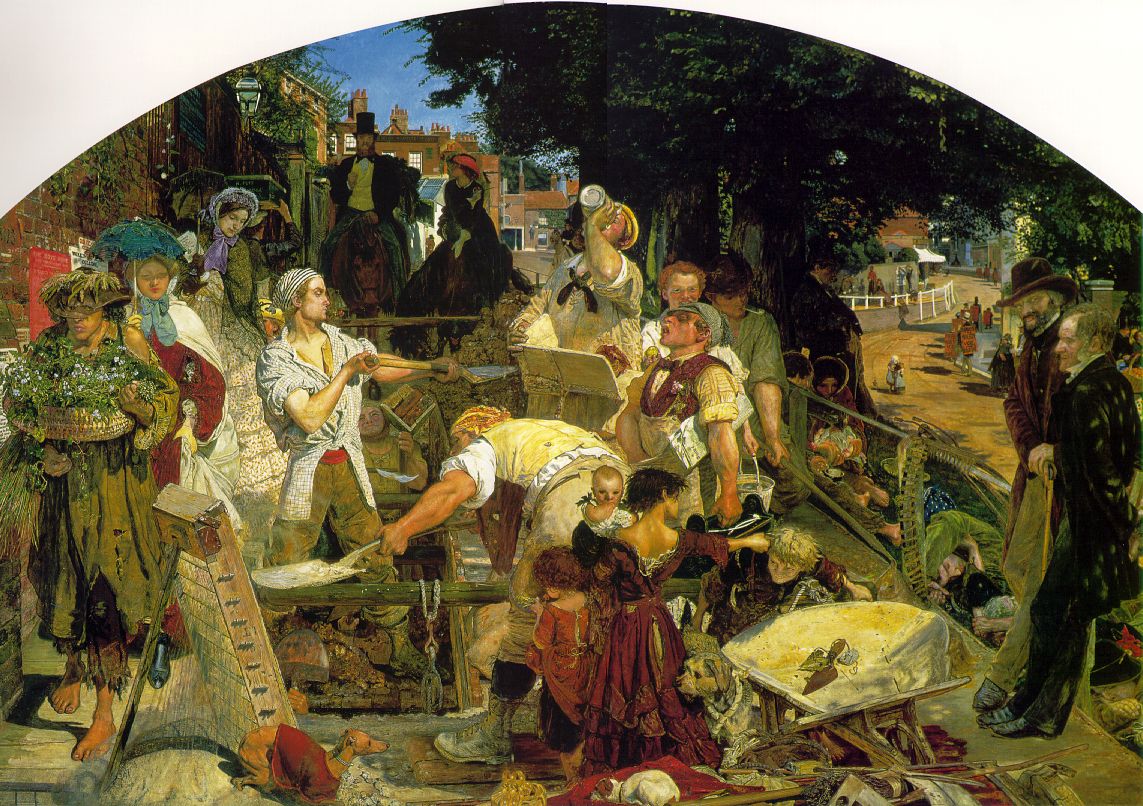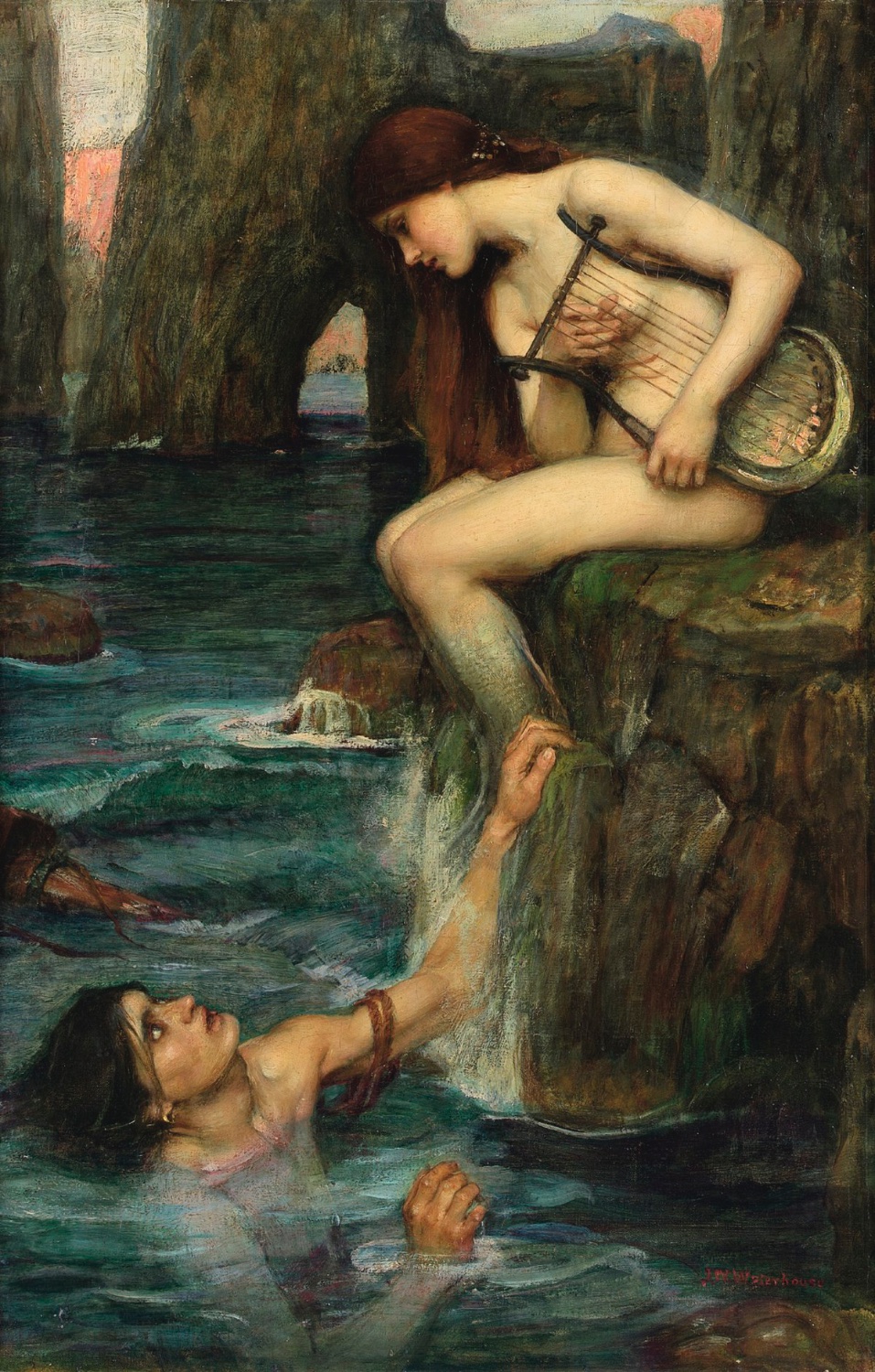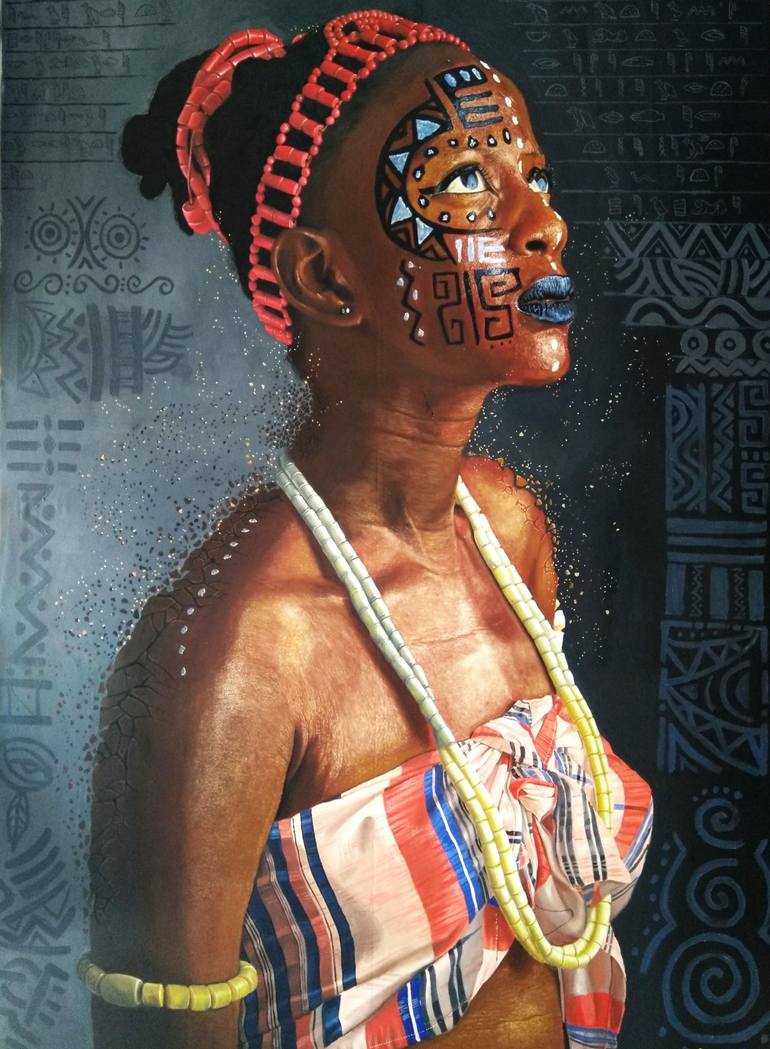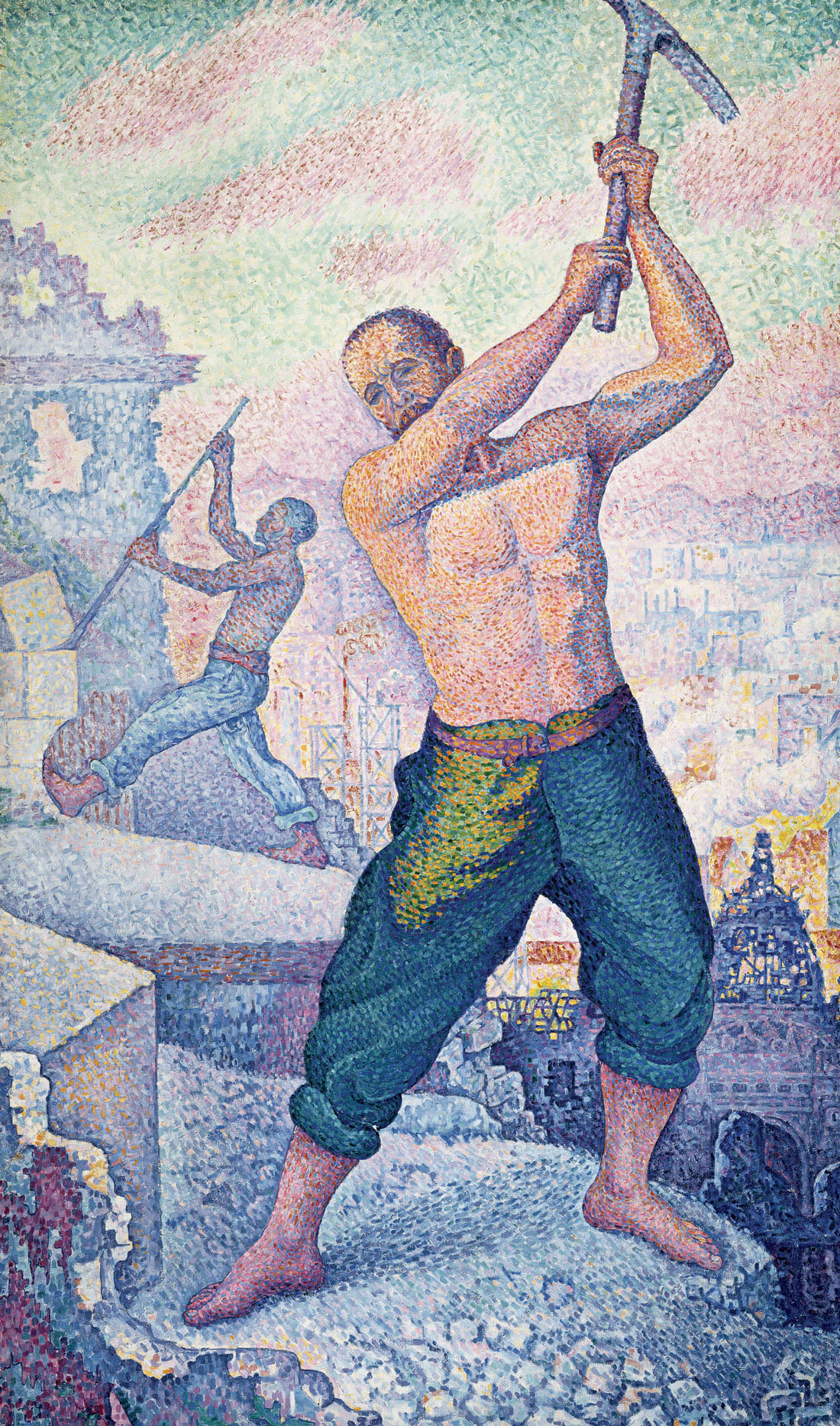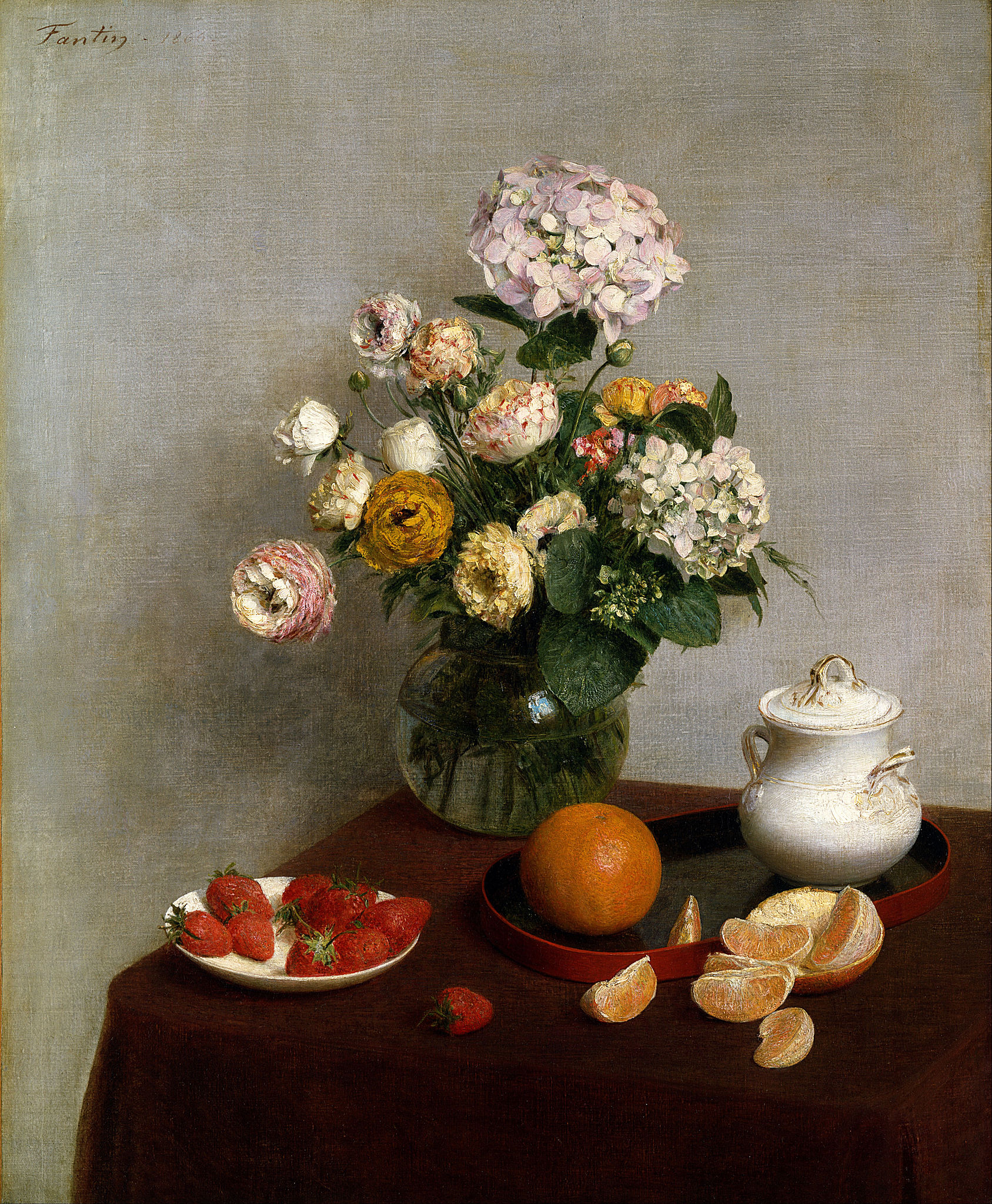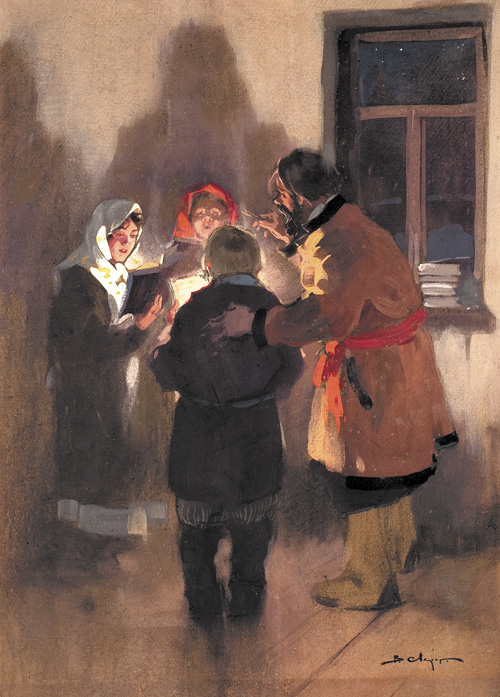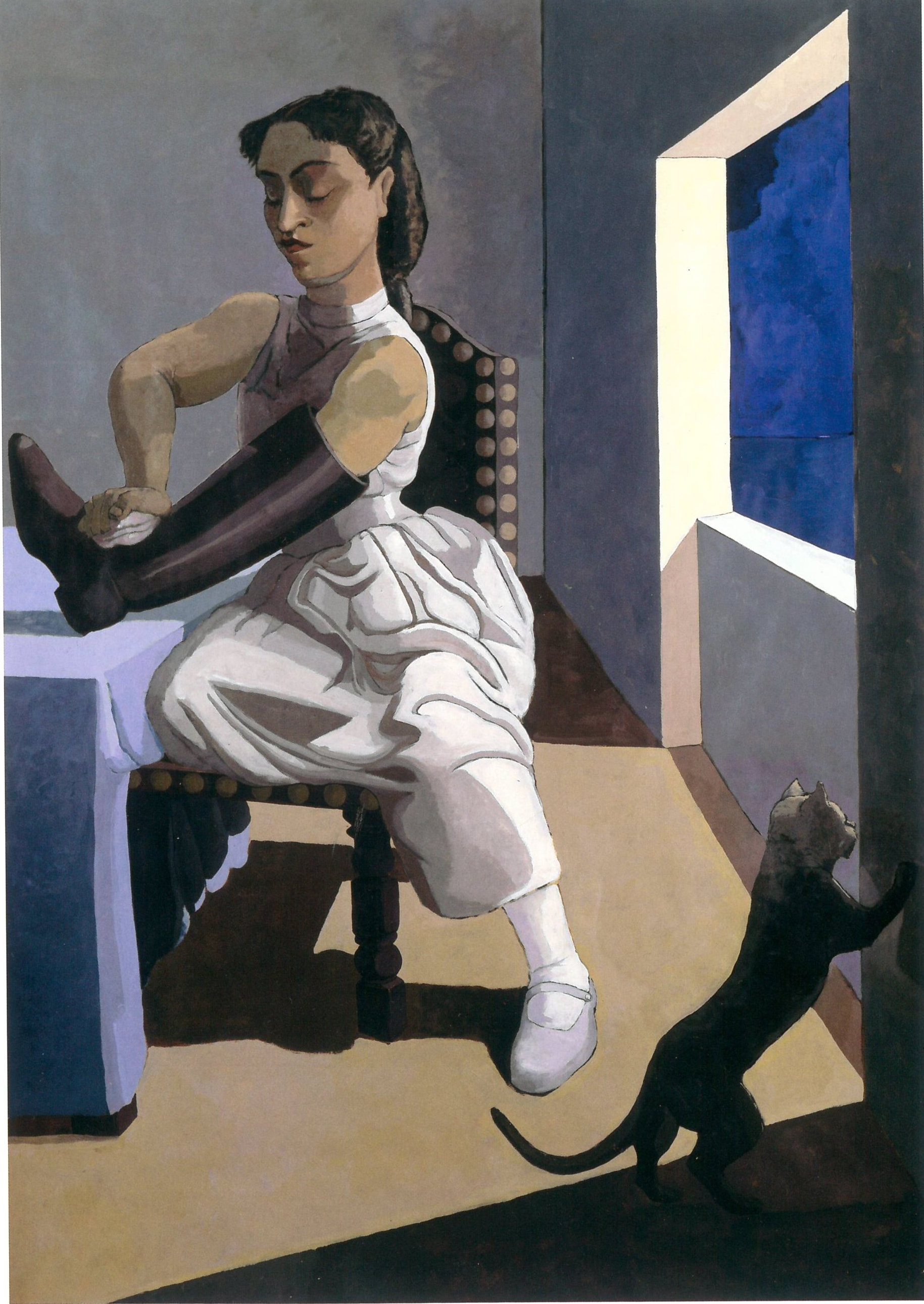artporn
3758 readers
313 users here now
Wander the gallery. Look at the art. Be polite. If you feel able please post some great art :)
founded 1 year ago
MODERATORS
26
27
28
29
30
31
32
52
Maybe you can live on the moon in the next century - Fiona Rae (2009)
(pixtagram.nyc3.digitaloceanspaces.com)
33
34
35
36
37
38
39
40
41
42
43
44
45
46
47
48
49
50
